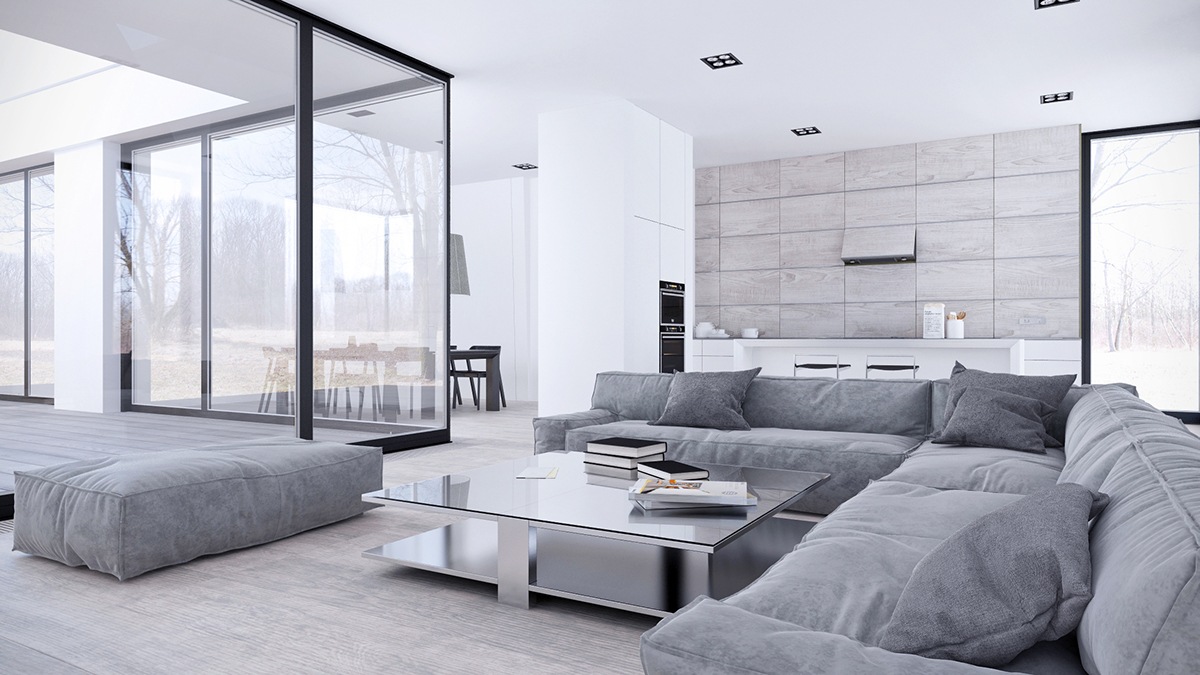3 Japanese Interior Features that Make Your House Look Luxuriously Modern
Japanese interiors are sleek and elegant, but they can appear clinical, while Scandinavian design is all about comfort and coziness. The marriage of the two creates a natural design that uses the best elements of both design styles.
Here are a few interior features inspired by Japanese and Japandi design that you can bring into your own home.

- Wabi-Sabi
A principle of Japanese design, wabi-sabi stems from the teachings of Zen Buddhism. It translates to celebrating the beauty of imperfection, valuing minimalism over clutter, and encourages cherishing of objects with a past or personal history. In design, it means adding value to an object even though it may be flawed. Wabi-sabi also relies on a connection to nature, shown in its use of natural materials like wood, bamboo, stone, as well as a natural colour palette.

- Low-Profile Furniture
Japanese homes generally have lower profile furniture than North American homes. Tables are designed to accommodate cushions or tatami mats, and couches and beds are lower to the ground. This creates the illusion of more space and offers a unique viewpoint to the outdoors. In the bedroom, choose a shorter bedframe or platform and decorate with bedding in natural materials, such as linen or pure cotton.

- Panels and Sliding Doors
Rather than swinging doors, used in most North American homes, Japanese design uses sliding doors or panels. This is a nod to lightweight screens, called shoji, that slide along rails across the doorway. These are very popular in Japanese architecture, as these screens save space and allow light to travel through each room.
Japandi design has many attractive qualities. Not only is it aesthetically pleasing, but it offers a holistic benefit as well. In our busy lives, it’s a relief to come home to a space decorated to bring peace and tranquility. By focusing on simplicity and natural materials, you can achieve the benefits provided by elegant Japandi interior design.
